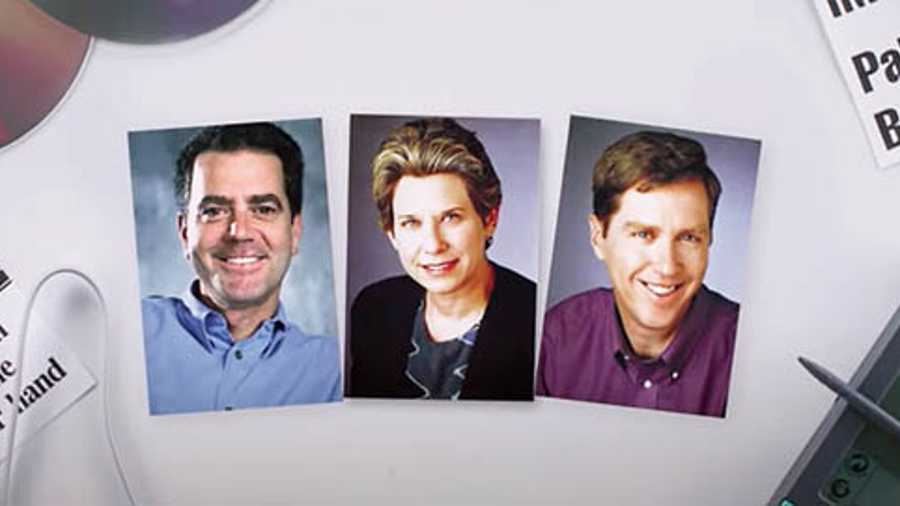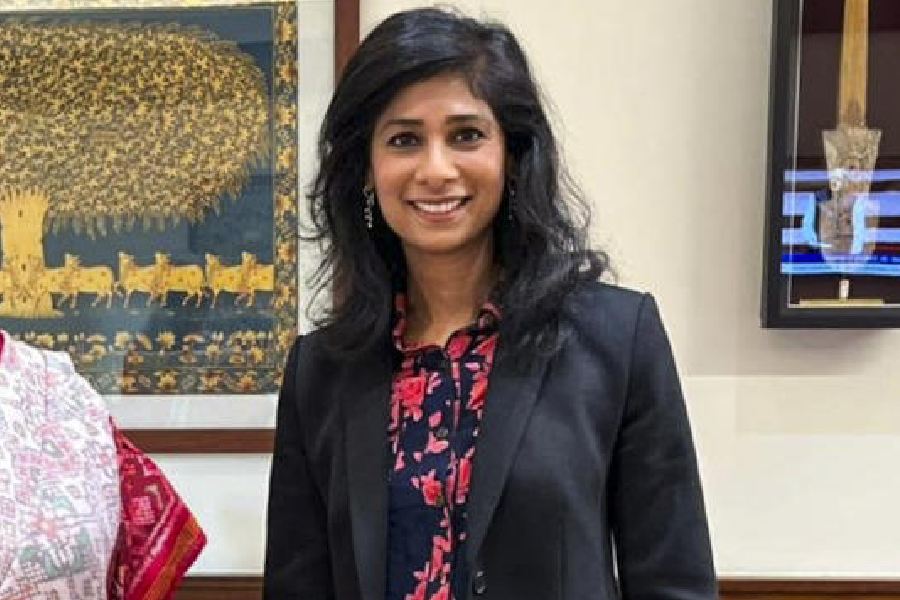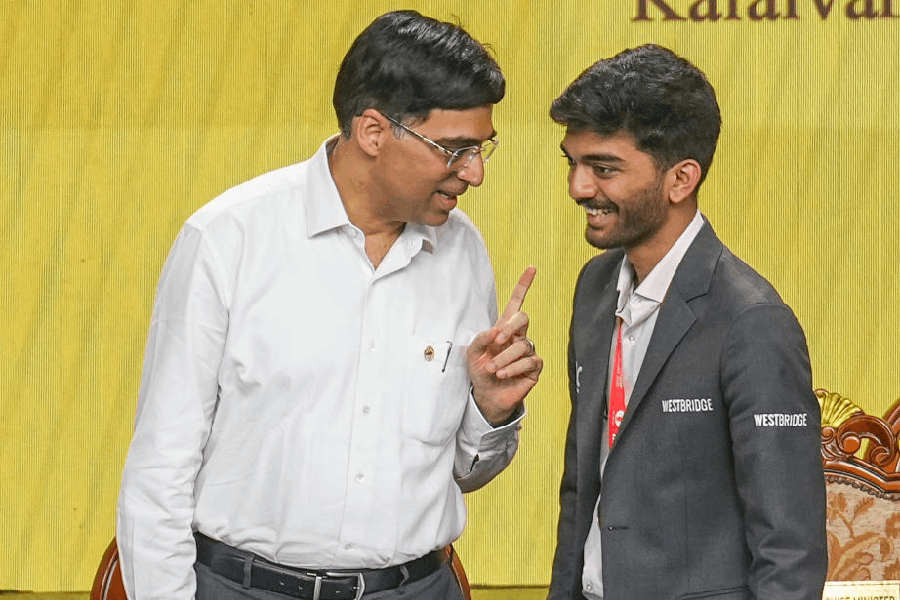There are stories that need to be said and records need to be straightened, which is what Springboard: The secret history of the first real smartphone does. The history of the smartphone started long before the iPhone. There was a time when the now-forgotten (from public memory) Treo from Handspring was constantly in the news.
Produced by The Verge and presented by Dieter Bohn, it looks at a time when not many companies considered of getting on the Internet wirelessly. The story begins in 1998 when Personal Digital Assistants were cool. These were big organisers in the hands of the Wall Street crowd. Even Apple made one called the Newton but it was discontinued as Steve Jobs shifted all focus to the Mac.
The one company that got the idea of a PDA right was Palm with the PalmPilot, which had a great team — a group of visionaries. Jeff Hawkins was the product mind behind the PalmPilot. Donna Dubinsky was the CEO while Ed Colligan handled marketing.
The 30-minute documentary shows how Palm runs out of money, gets bought by US Robotics, which in turn gets bought by 3Com, another modem company. Like with many other companies, the people who ran 3Com didn’t understand how important mobile would become while dial-up Internet would soon be the past.
The trio eventually left Palm to form Handspring in June 1998 where the first problem they faced (and overcame) had to do with differentiating themselves from Palm. They found the answer in something called Springboard expansion slot, which is a module that could be mounted on the back of their product, the Visor PDA. PDAs at that time couldn’t do any of the things our smartphones can — there was no camera, no music, no storage expansion and no wireless radios.
To get the hardware off the ground Peter Skillman came on board. After looking at the Game Boy, ideas and possibilities for the Visor matured. Everything became possible on the Visor through these little expansion modules.
Visor launched in September 1999 and it was a revolutionary product but Handspring wanted to use the power of the Internet to sell it. But the website melted. Nonetheless, Visor turned out to be a big success in the PDA market, which came with an expiration date.
What about phones? The industry was dominated by Nokia, Motorola and Ericsson and they had proprietary technology. Ultimately, VisorPhone appeared in September 2000. But we are still some years away from Treo.
The team at Handspring met a person who was busy with the comeback story of an iconic company — Steve Jobs of Apple. His focus at that moment was the Mac. Team Handspring thought the future would be mobile and perhaps after the meeting Jobs got serious about the iPhone.
But things didn’t go well. The Dot-com bubble bust making it difficult for the company to raise funds. Finally, Handspring decided to go with Treo on which you could access all the information right from your pocket, even though websites were not optimised for mobile usage. But Handspring couldn’t continue for many years.
Dieter Bohn keeps the narrative moving at a fast pace, leaving us wondering about the true meaning of success as well as the future of smartphones had Treo continued.










